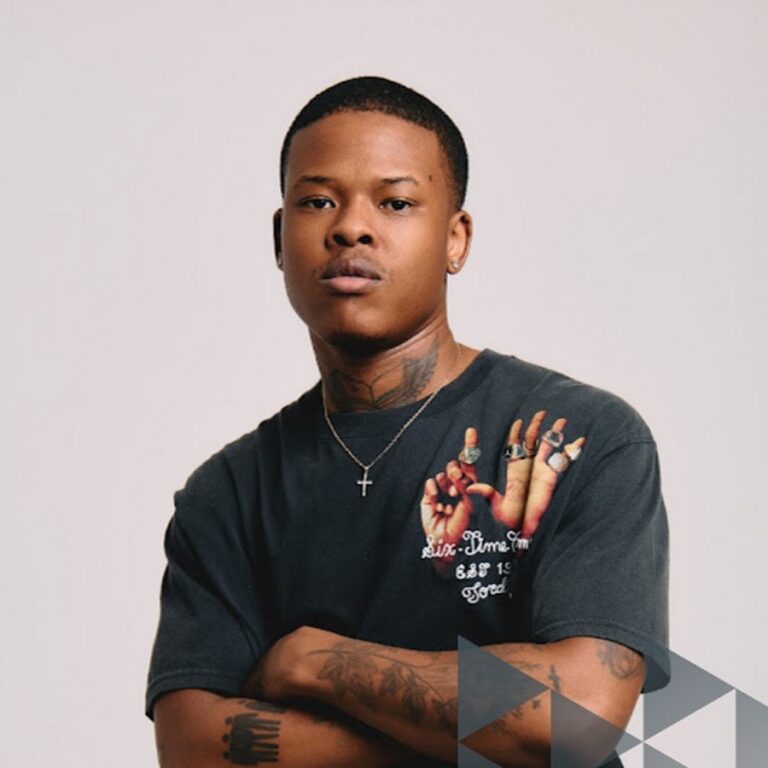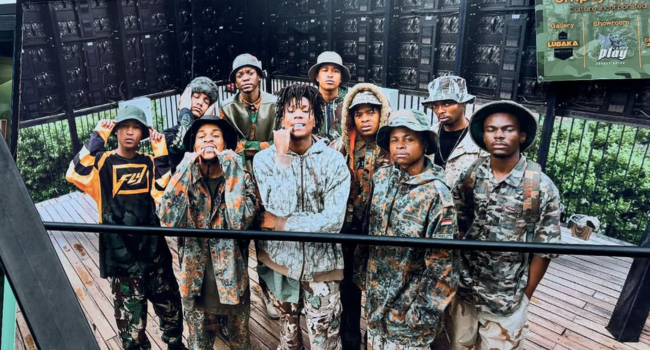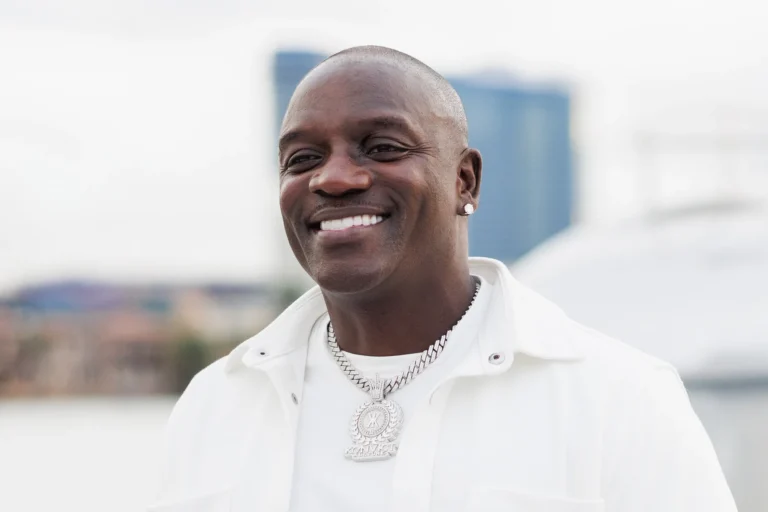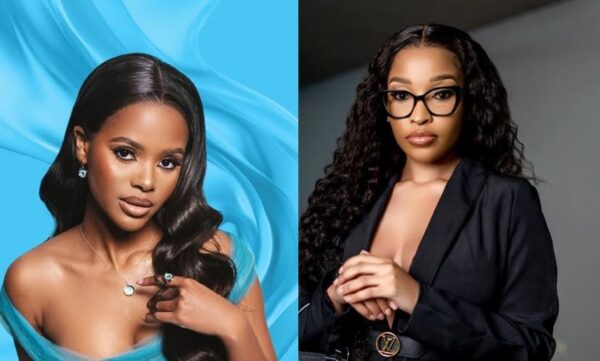
Lupe Fiasco Comments on K.Keed’s Decision Not to Freestyle on 5FM Hip Hop Nights. The topic of freestyling gained traction online after South African artist KKeed opted not to perform spontaneously during her guest spot on 5FM Hip Hop Nights with DJ Speedsta.
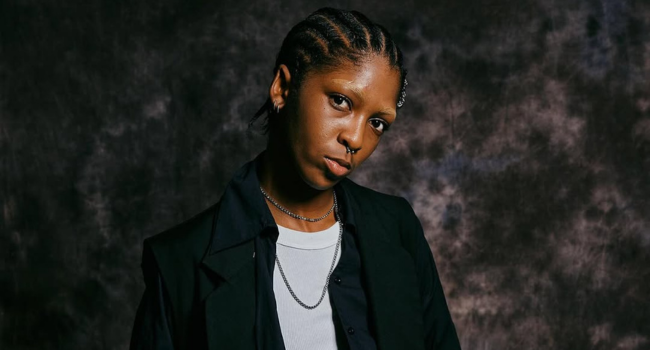
While in South Africa for the Back To The City concert, American rapper Lupe Fiasco provided his perspective on the importance of freestyling in contemporary hip hop.
During a conversation on 5FM, Lupe described freestyling as a useful skill, but not an essential one. “It has its use cases, right? So, what it is used for and what it kind of should be used for is to maybe fill in the gaps or crowd participation. You can use it strategically,” he remarked. He noted that some performers excel in true improvisation, where audience members suggest words and the rapper crafts rhymes on the spot. This, he emphasized, is a unique ability that is not required of all artists to be genuine.
“Sometimes it’s kind of like a parlour trick. It’s like a skill set,” Lupe added. “My students have to freestyle, but I don’t really judge their abilities or their authenticity to hip hop based on if they can or can’t freestyle, and it’s a muscle they just have to exercise. But I don’t think it’s a big deal.”
His remarks address a persistent issue within hip hop culture. Freestyling has traditionally been viewed as a rite of passage, from cypher events to radio showcases. However, today’s music landscape demands that artists showcase a range of skills beyond freestyle, including studio work, live performance, storytelling, brand identity, and community interaction. Lupe’s perspective indicates that while freestyling is beneficial, it should add value to the performance rather than serve as a mere test of credibility.
K.Keed’s choice to refrain from freestyling transforms the situation from a point of contention into a consideration of artistry regarding timing and delivery. There are occasions when spontaneous performances can energize an audience, yet there are also times when holding back maintains the integrity of an artist’s story and body of work. Lupe’s viewpoint acknowledges both aspects of artistry. Celebrate the craft where appropriate. Do not impose it when it isn’t.
This situation ignites a constructive discussion within South African hip hop. Ultimately, the critical factor is not whether an artist can effortlessly rhyme on cue, but whether they advance the culture with purpose, proficiency, and dedication. Freestyling can play a role in that progress, but it does not have to define the entire narrative.

